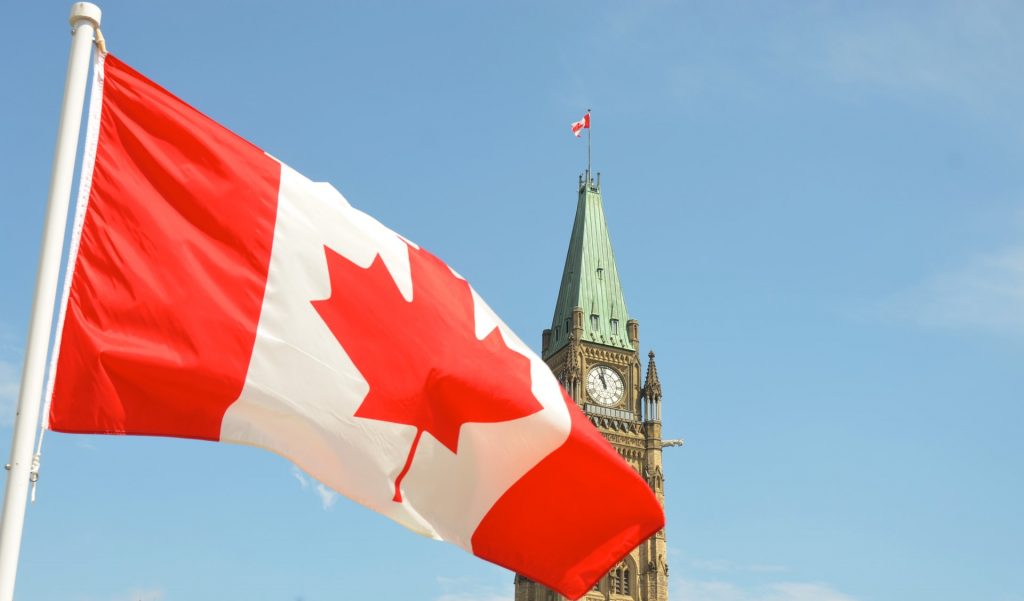Headline
Canada’s immigration levels are starting to slow down
The number of new immigrants dipped in April as Canada continues to lose momentum. However, we can expect a stronger finish to 2021.

In April 2021, Canada welcomed 21,105 new immigrants, the lowest monthly count since the start of the year.
This new Immigration, Refugees and Citizenship Canada (IRCC) data show that despite a strong start to the year, Canada has been losing momentum over the past two months.
In January 2021, Canada welcomed 24,680 new immigrants followed by 23,395 in February. Levels fell further to 21,105 in March and went even lower in April. It is unknown why Canada’s permanent residence intake has declined following a strong start to the year.
Canada is guided by its Immigration Levels Plan 2021-2023.
Under the plan, the country is seeking to welcome at least 401,000 new immigrants annually beginning this year. These are the highest immigration targets in Canadian history, and are due to the federal government’s goal of supporting Canada’s post-pandemic economic recovery.
Canada sought to welcome 341,000 new immigrants in 2020 but only managed to admit 184,000 due to coronavirus-related disruptions such as the travel restrictions it has had in place since March 2020.
Indeed, the travel restrictions have resulted in Canada’s weakest immigration numbers since 1998. The country only managed to welcome just over 4,000 new immigrants in April 2020, potentially the weakest month for Canadian immigration since the Second World War.
Canada is no longer on pace to achieve its 401,000 target for this year. However, a number of factors still remain in play that could see the country gain momentum and come closer to achieving the target.
First, the summer months usually see higher immigration numbers due to the warmer weather and newcomers arriving before the resumption of the academic and business calendar in September.
Second, the Canadian government is beginning to openly discuss easing its travel restrictions. In recent weeks, Canada has enjoyed more success administering COVID-19 vaccines and seeing its case totals decline. Canada’s prime minister, Justin Trudeau, has said the international border would open up in a phased approach, starting with fully vaccinated travellers. Health Minister Patty Hajdu also said Canada could start scaling back quarantine requirements for exempt travellers as early as the first week of July. Reducing such restrictions would allow thousands of Confirmation of Permanent Residence (COPR) holders to finally complete their landing in Canada, after being stranded overseas since the travel restrictions took effect.
Third, IRCC is currently prioritizing transitioning those in Canada to permanent residence through the likes of Express Entry, the Provincial Nominee Program (PNP), and other programs. Express Entry draws are mainly focusing on Canadian Experience Class (CEC) candidates. IRCC has already invited 81,713 candidates to apply for permanent residence in 2021, which is almost double the number of invitations issued at the same time last year. In addition, IRCC has new permanent residency streams, for up to 90,000 international student graduates and essential workers, which started accepting applications on May 6.
IRCC notes that permanent residence applicants from within Canada are less likely to face coronavirus-related challenges. Hence, the focus on domestic immigration applicants should translate in a significant increase in the number of individuals who obtain permanent residence in the second half of this year. The processing standard for Express Entry is six months or less, although it has slowed during the pandemic. Nonetheless, if IRCC is able to land achieve its goal of landing many of these applicants by the end of the year, it will at the very least exceed the 300,000 newcomer threshold in 2021.



























